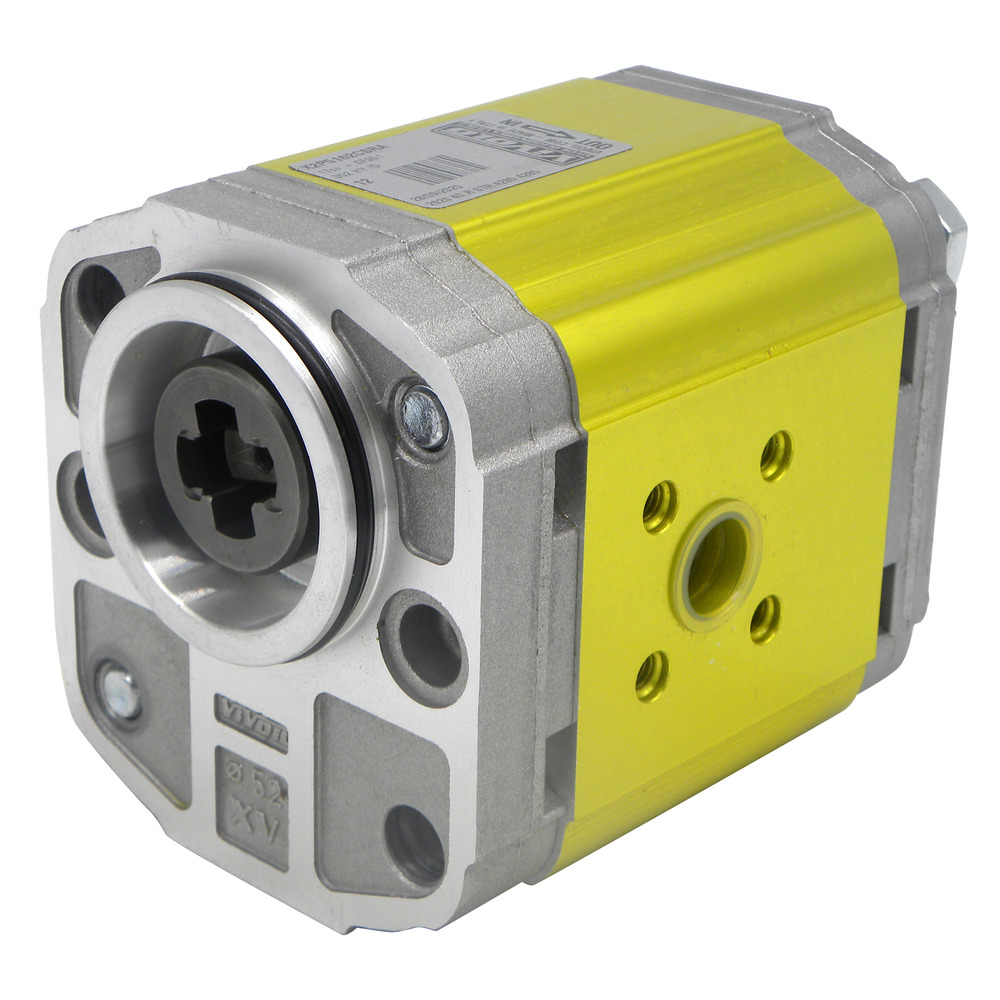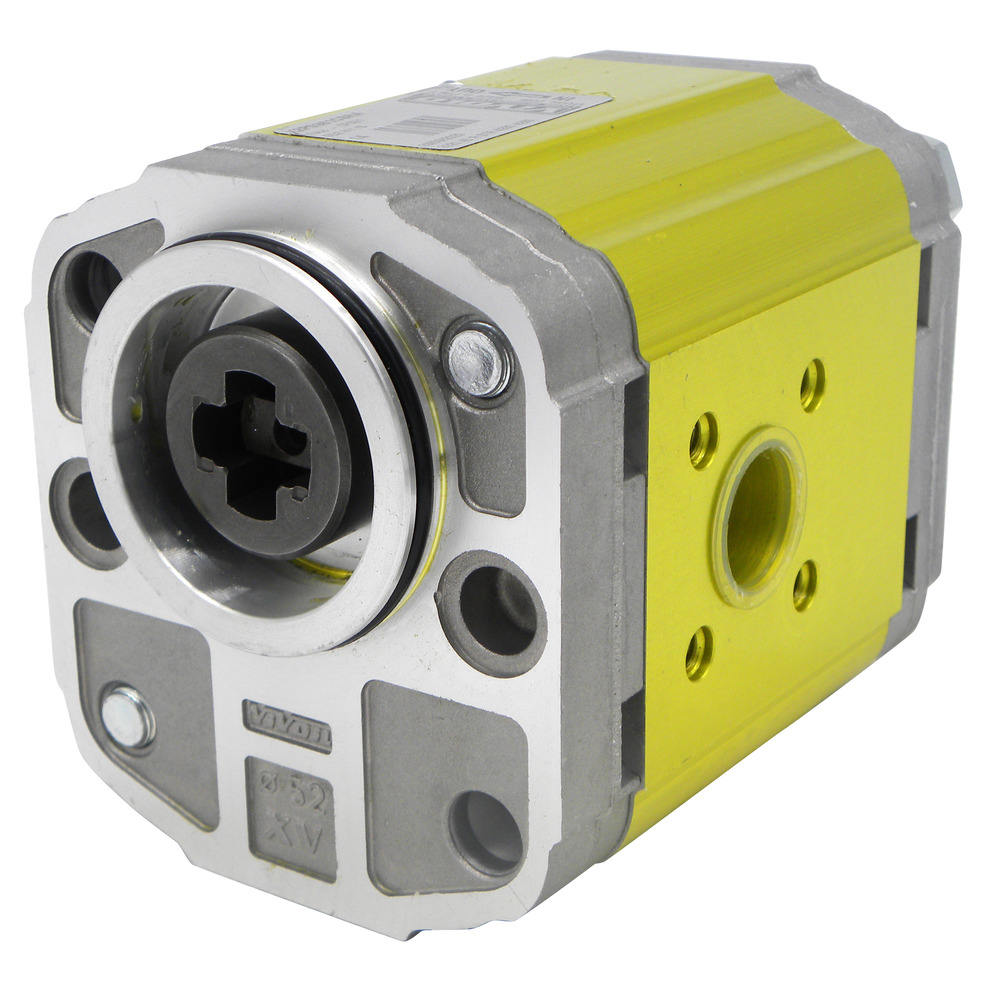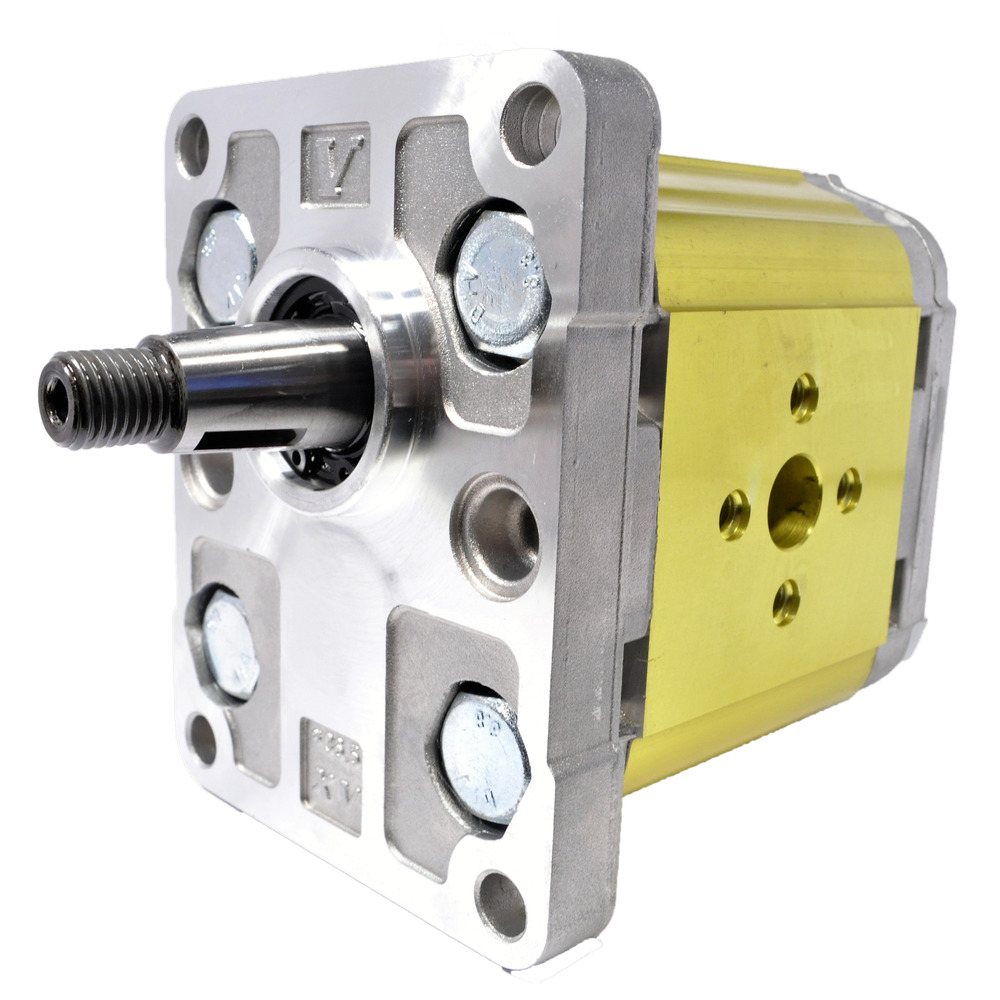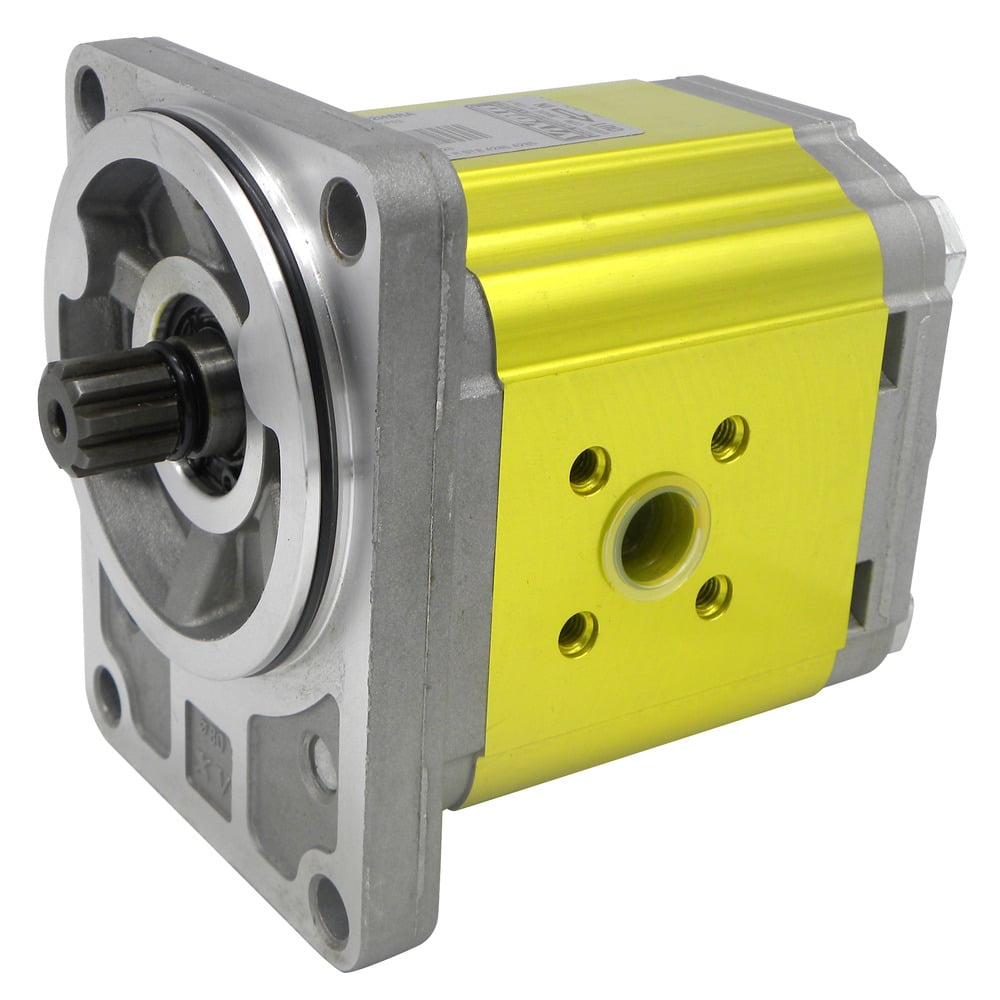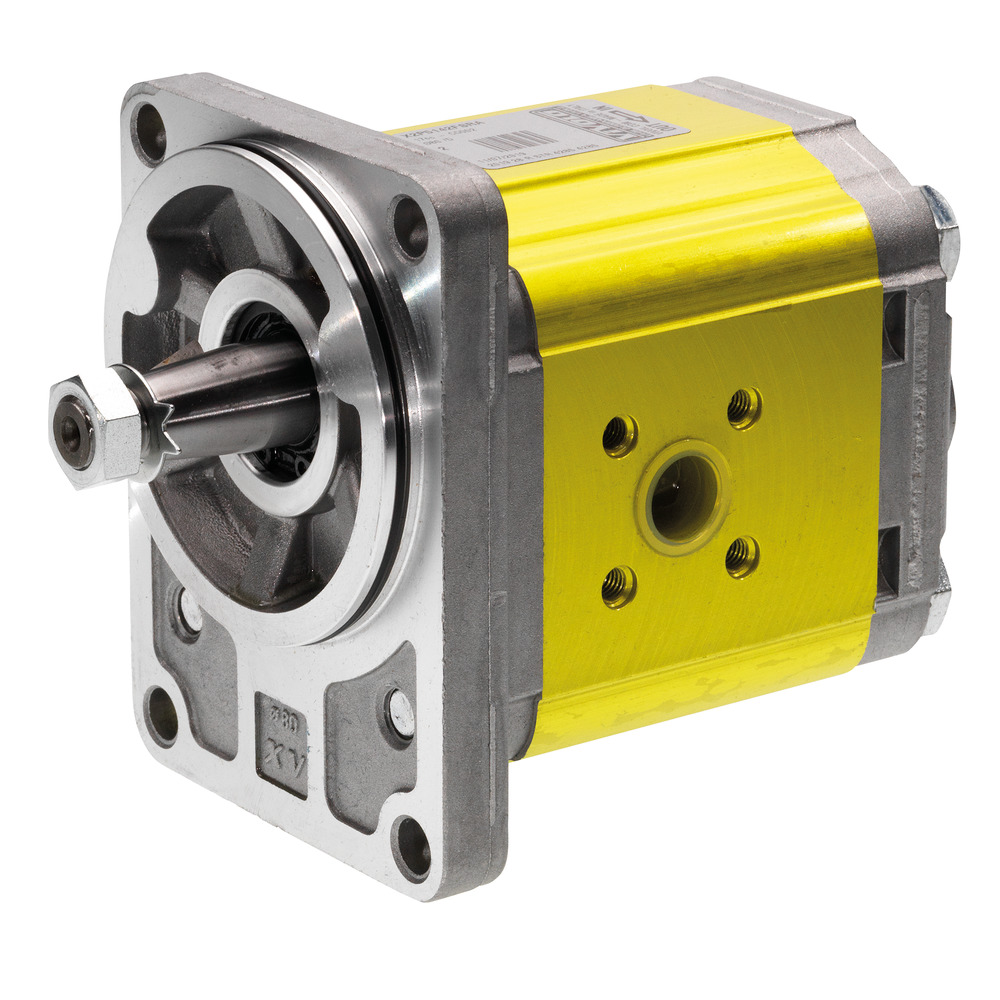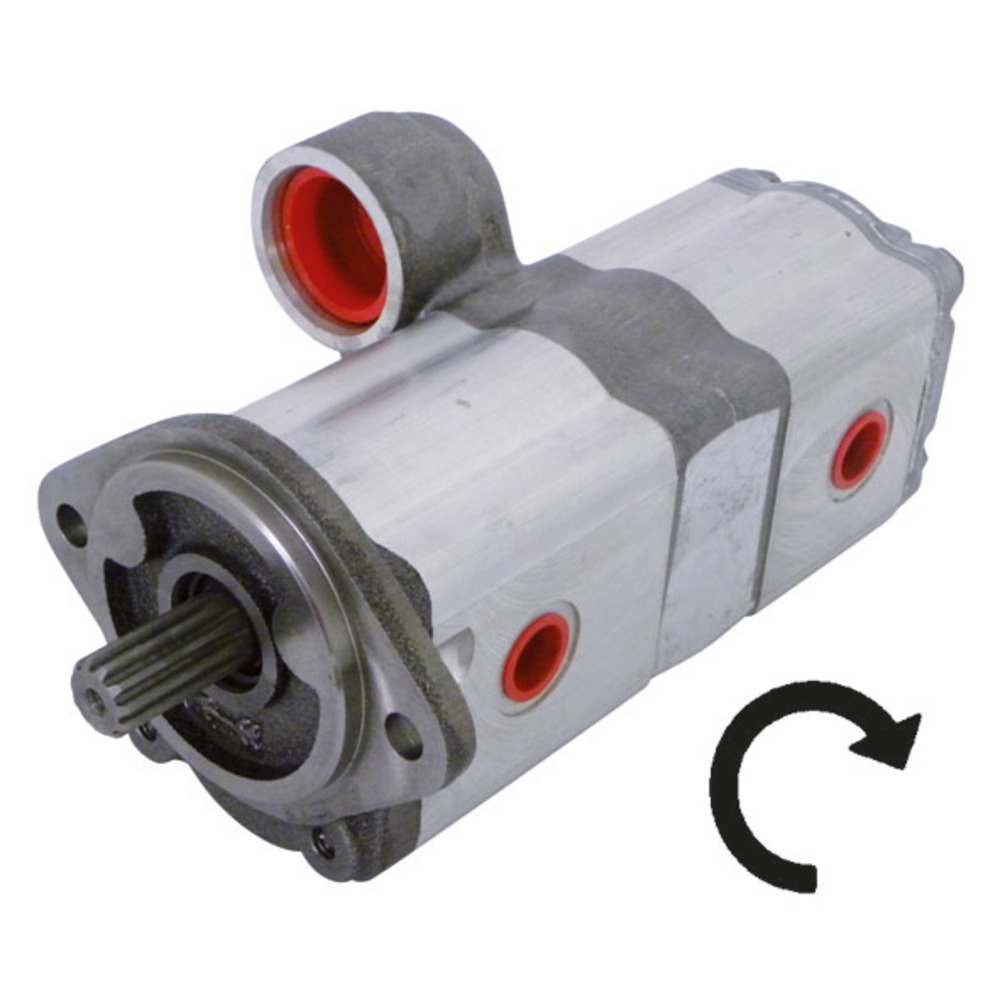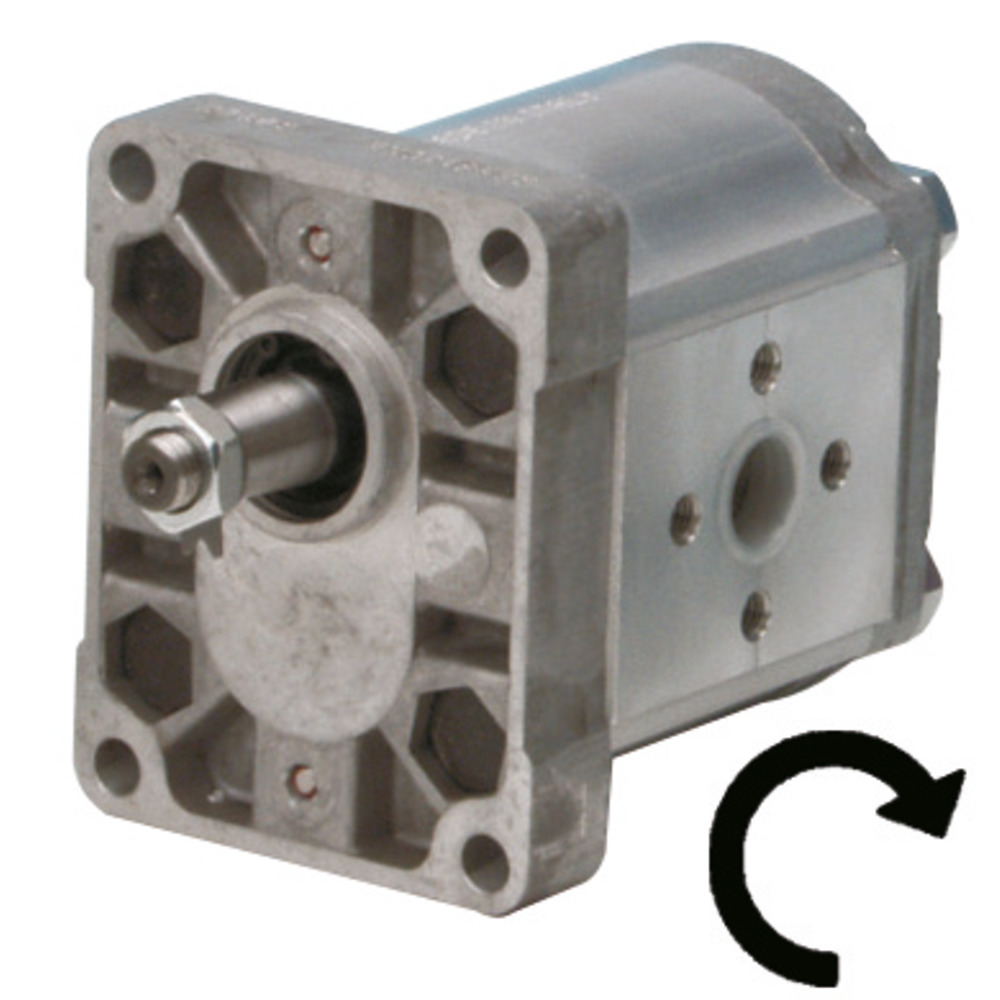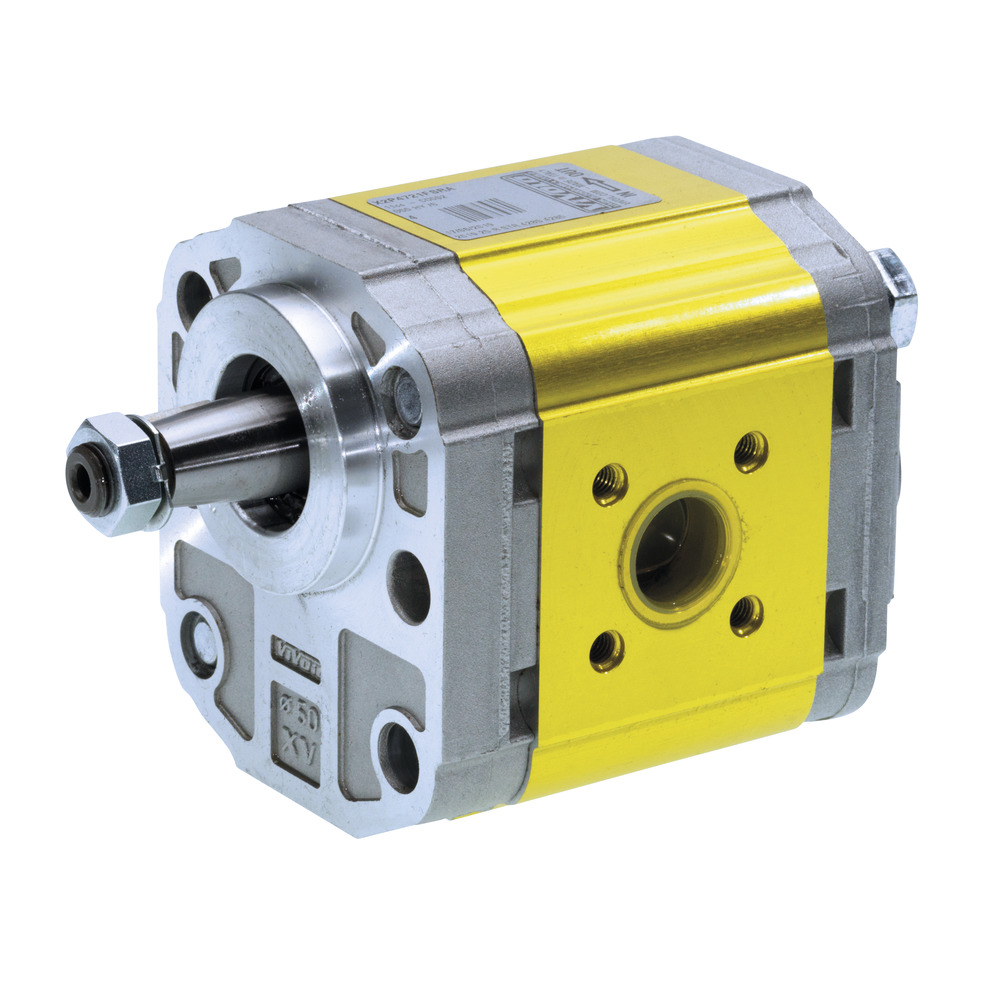17/01/2024
Determine the direction of rotation of hydraulic pumps
Determine direction of rotation
Determination of the pump:
Before replacing a pump, the appropriate hydraulic pump must first be identified. The differences between the pumps lie in the direction of rotation, the drive design and mounting flange, as well as the suction and pressure connections, and, most importantly, the discharge volume.
To determine the right hydraulic pump for your vehicle or application, it's best to have as much information about the pump as possible. All known technical characteristics of the gear pump or axial piston pump, such as dimensions, displacement, maximum operating pressure, etc., can help with identification. The easiest way to determine the pump is to look at the original serial number. Photos with the known technical data are also very helpful.
Determining the direction of rotation:
The direction of rotation of a hydraulic pump is always indicated by looking at the drive shaft. This is not a problem if the pump has already been removed. The hydraulic pump is viewed from the shaft, as shown. If the suction connection is on the left, the pump rotates clockwise. If the suction connection is on the right, the hydraulic pump rotates counterclockwise. The diameter of the suction line is usually larger than that of the pressure line, making it easy to identify.

Many hydraulic pump manufacturers have arrows on the housing that indicate the direction of oil flow. This clearly indicates the pump's direction of rotation.
Another tip:
The drive also tells you whether you need a clockwise or counterclockwise rotating hydraulic pump. If you look directly at the drive, the pump's direction of rotation is always the opposite of the drive's direction of rotation. That is, if the drive rotates to the left (counterclockwise), the hydraulic pump rotates to the right (clockwise), and vice versa.
You can find all products on this topic here: Hydraulic pumps and accessories


